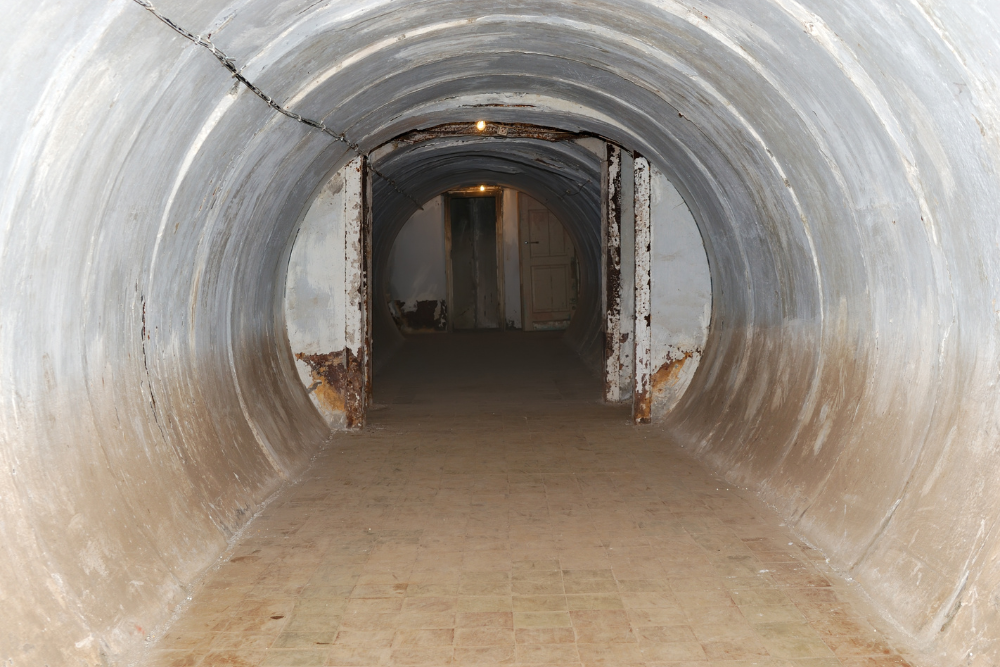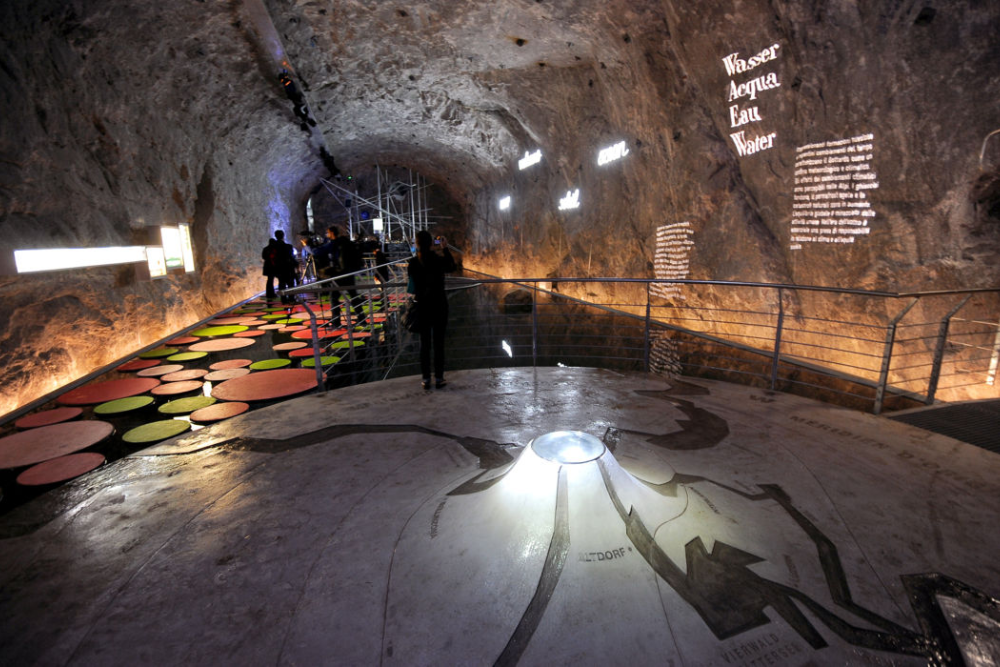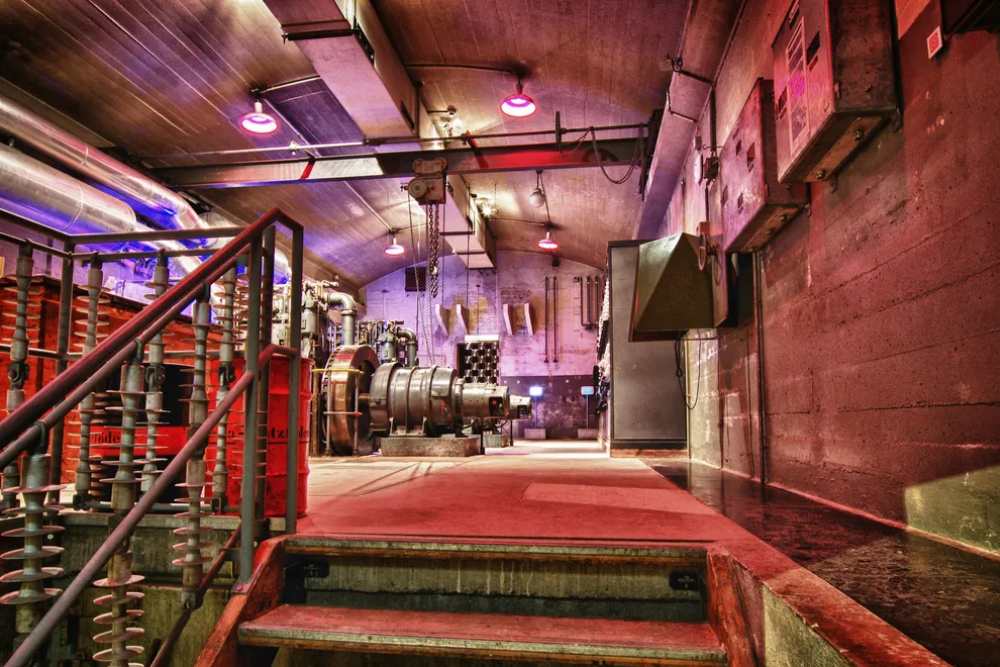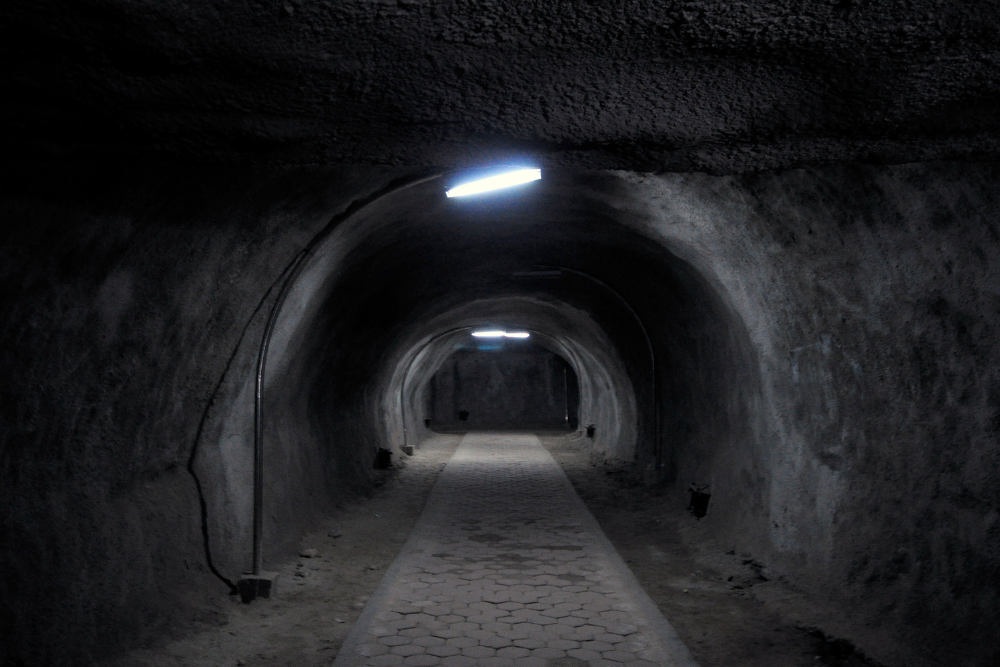Switzerland, known for its stunning Alpine landscapes and political neutrality, hides a lesser-known feature beneath its mountains and valleys—a vast network of underground bunkers. These secretive fortifications, originally built to defend the country during wartime, now serve various purposes, from military operations to luxury hotels and data centers.
This article explores the history, locations, and modern uses of Switzerland’s underground bunkers, offering a rare glimpse into one of the world’s most fortified nations.
1. The Origins of Switzerland’s Bunker System
Switzerland’s bunker-building strategy dates back to World War II, when the country, despite remaining neutral, feared invasion from Nazi Germany or the Allies. To deter attacks, Switzerland developed the National Redoubt (Réduit National)—a vast defensive system hidden within the Alps.
By the Cold War, the bunker network expanded significantly, with the Swiss government constructing thousands of underground shelters, capable of withstanding nuclear, biological, and chemical attacks.
Key reasons for Switzerland’s bunker system:
- Defense against invasion (WWII and Cold War threats)
- Protection from nuclear war (during the Cold War)
- Strategic military operations (high-altitude and remote strongholds)
- Civilian safety (shelters built for the general population)
By the 1980s, Switzerland had enough bunkers to shelter the entire population, making it one of the most well-prepared nations in the world.
2. Secret Military Bunkers: Hidden Strongholds in the Alps
Switzerland’s military bunkers were carefully disguised as farmhouses, barns, and even mountain chalets to blend into the landscape. Many of these fortifications remain classified, but a few declassified sites provide a glimpse into their scale and complexity.
Notable Military Bunkers in Switzerland
1. Sasso San Gottardo (Gotthard Fortress)
- Location: Gotthard Pass, Central Switzerland
- Purpose: High-altitude military fortress, built to defend the strategic Gotthard Pass
- Features: Underground tunnels, ammunition storage, and living quarters for soldiers
- Current Use: Now a museum open to the public, showcasing Switzerland’s military secrets
2. Fortress Fürigen
- Location: Lake Lucerne
- Purpose: Defensive bunker protecting Lake Lucerne and central Switzerland
- Features: Hidden artillery, command centers, and escape tunnels
- Current Use: Open as a museum, offering guided tours inside the bunker
3. Festung Vitznau
- Location: Mount Rigi, near Lucerne
- Purpose: Coastal defense bunker guarding Lake Lucerne
- Features: Massive artillery cannons hidden inside a cliff
- Current Use: A privately owned event space and historical exhibit
4. Sonnenberg Bunker (Lucerne)
- Location: Underneath Sonnenberg Mountain, Lucerne
- Purpose: A civilian nuclear shelter, designed to house 20,000 people
- Features: Two massive tunnel doors, hospital facilities, and water purification systems
- Current Use: Decommissioned but open for tours
These bunkers highlight the scale and secrecy of Switzerland’s underground military infrastructure, designed to defend against any potential threat.
3. Civilian Bunkers: Shelters for the Entire Population
Unlike other countries, Switzerland passed a law requiring every resident to have access to a nuclear fallout shelter. This led to the construction of:
- Apartment and house bunkers – Many homes have reinforced basement bunkers equipped with air filtration systems.
- Public shelters – Schools, hospitals, and government buildings include underground shelters.
- Mountain bunkers – Large-scale shelters carved into rock formations, capable of holding thousands of people.
Switzerland’s bunkers remain operational today, with regular inspections and maintenance. Some have been repurposed into storage facilities, hotels, and data centers.
4. Switzerland’s Underground Bunkers Today: Repurposed and Reinvented
With the decline of Cold War threats, many of Switzerland’s bunkers have been decommissioned. However, several have been repurposed for modern uses, transforming these once-secretive spaces into high-tech facilities, luxury retreats, and historical sites.
1. The Swiss Fort Knox: Underground Data Centers
- Switzerland’s neutrality and security make it an ideal location for data storage and cybersecurity.
- Former military bunkers now serve as highly secure data centers, storing sensitive digital information.
- Notable example: The “Deltalis” data center, housed in a former Cold War bunker.
2. Luxury Hotels and Resorts
- Some decommissioned bunkers have been transformed into exclusive hotels and retreat centers.
- Bunker Hotel La Claustra (Tessin) – A luxury hotel inside a military bunker in the Swiss Alps.
- Guests experience the atmosphere of a secret hideout, with modern comforts inside a historical fortress.
3. Wine Cellars and Storage Facilities
- The cool, stable climate inside mountain bunkers makes them ideal for wine aging and cheese storage.
- Some Swiss wineries use former bunkers to store and mature fine wines under controlled conditions.
4. Museums and Tourist Attractions
- Many military bunkers have been converted into museums, offering guided tours and historical exhibitions.
- Sasso San Gottardo, Fortress Fürigen, and Festung Vitznau now provide visitors with an inside look at Swiss wartime defense strategies.
5. How to Visit Switzerland’s Secret Bunkers
If you’re fascinated by military history, secret locations, or underground architecture, Switzerland offers several accessible bunker experiences for visitors.
Recommended Bunker Tours:
- Sasso San Gottardo – Explore a former Swiss army fortress deep inside the Gotthard mountains.
- Sonnenberg Bunker (Lucerne) – Tour one of the world’s largest civilian nuclear shelters.
- Fortress Fürigen – See hidden artillery and secret tunnels from WWII.
- Festung Vitznau – A military bunker turned into a private museum.
Tips for Visiting:
- Most bunkers have limited opening hours – check in advance.
- Wear warm clothing, as underground temperatures remain cool year-round.
- Some tours require advanced booking due to restricted access.
Conclusion
Switzerland’s underground bunkers represent a remarkable feat of engineering and preparedness, built to defend the country in times of war and crisis. While many remain hidden and classified, others have been repurposed into modern-day attractions, luxury hotels, and high-security data centers.
For history enthusiasts, exploring these underground fortresses offers a rare glimpse into Switzerland’s military strategy and Cold War legacy, revealing a side of the country few ever see. Whether visiting historic war bunkers, secret shelters, or high-tech underground facilities, Switzerland’s hidden world beneath the mountains is an experience unlike any other.












